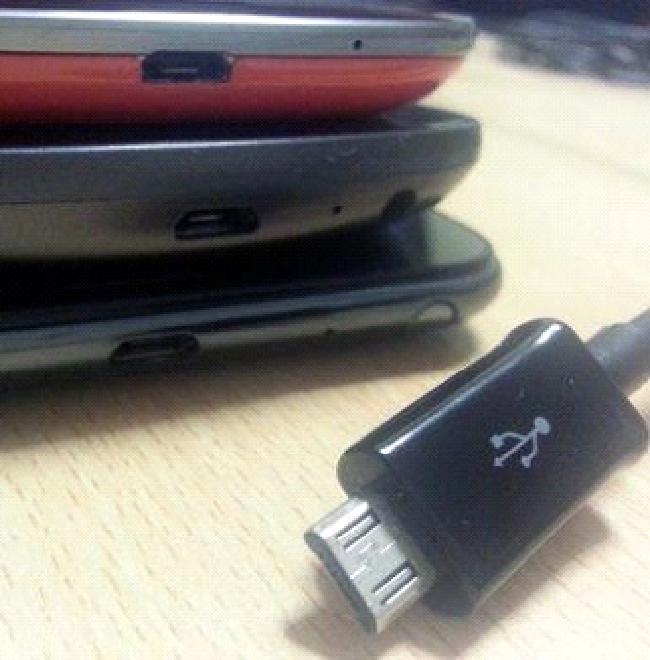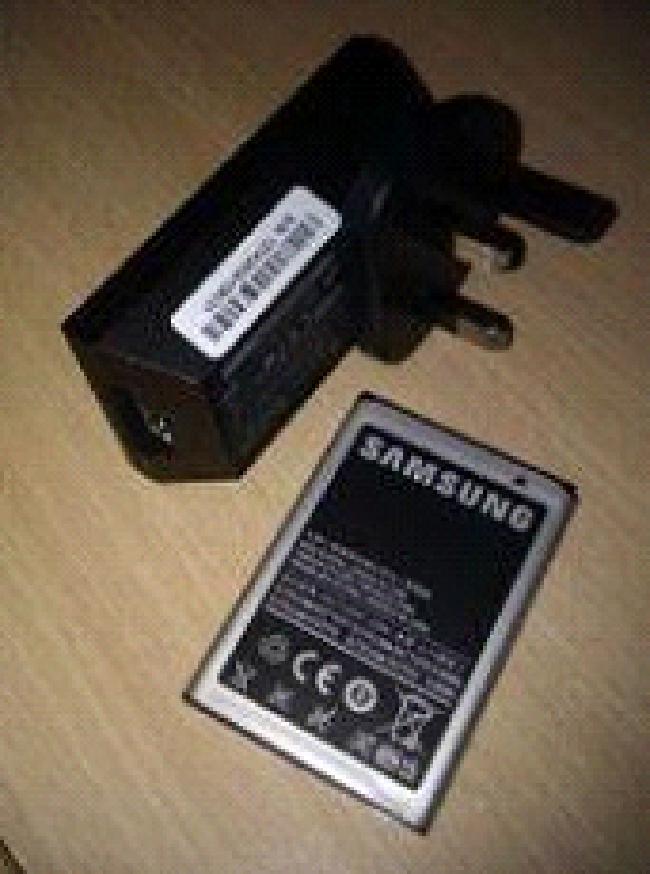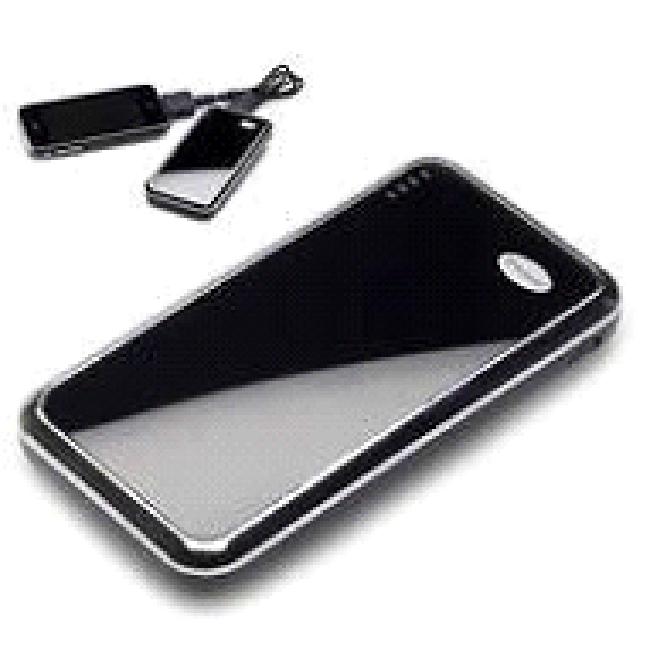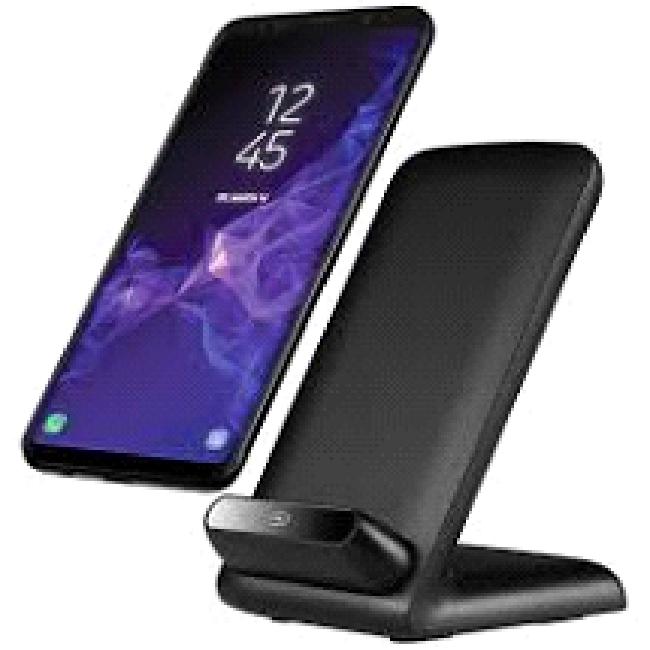Categories
Easy ways to keep your phone always charged
7 minute read
Many smartphone owners will charge their device every day without giving it a second thought. Surprisingly, there’s quite a lot to think about. In this guide, we share our best advice for charging. This will include tips on how to charge your phone faster, how to improve your battery life, and how to charge whilst outside. We have also taken a look at how wireless charging works.
1. Charging speeds: How to charge your smartphone faster

Over the last decade, mobile phone OEMs have been forced to standardise the charging ports they use. (pictured). This was mostly due to EU legislation and it has made the life of a smartphone owner far easier.
Now that charging has been standardised across almost all smartphones and tablets, it’s very easy to find an extra charge, whether it’s in public or at a friend’s house.
There are some exceptions. For example, Apple’s iPhone and iPad. Both of these devices use a different charging port called “Lightning”. You can charge an Apple device via micro-USB, but you need to purchase an adaptor.
Standardised charging does make it easier to find a cable when needed, but it has also brought some confusion with it. If you choose the wrong charger or go for a different charging port, you could slow down your charging speed.
You’ll notice the most difference in charging speed when you go from charging via a wall outlet to charging via a USB 2.0 port on your PC or laptop. USB 2.0 ports can only output a maximum of 0.5 Amps. A wall outlet, on the other hand, can output 1 Amps.
Here is how mobile charging compares:
Charging from a computer (USB 2.0)
When charging from a USB 2.0 port, the max current that you can receive is 0.5 Amps.
Charging from a computer (USB 3.0).
Use USB 3.0 on a PC or laptop and you can get up to 0.9 Amps.
Charging from the mains (most smartphones).
Most smartphone wall outlet chargers will output 1 Amps.
Charging from the mains (tablets).
If you use a tablet, you’ll find that the mains charger will give more power. Most tablets, including the iPad, use a 2Amp charger. Some smartphones can also use a 2 Amp charger (For example, the Samsung Galaxy Note 8).
If you are using a different charger because you’ve lost your original, you should find out what the output current is. Usually, you’ll find these details printed on the charger itself. Like mentioned before, most smartphones have a 1 Amp charger and most tablets will come with a 2 Amp charger. To get the most effective and safest charging, you should only use third party chargers that match the output the official charger had.

Take a look at the charger you have right now. You will see the output voltage and current. For example, the charger on the left shows 1A of current and the one on the right shows 2A of current.
In some scenarios, your smartphone or tablet won’t even charge if you use a charger with the wrong current. Keep that in mind when charging. A good example is the iPad: You won’t be able to charge it with a standard iPhone charger or with a USB 2.0 port. The iPad requires 2 Amps for charging. As you’d expect, an iPhone charger only fives out 1 Amp of current. A USB 2.0 port would only give out 0.5 Amps of current.
2. Prolonging the lifetime of your battery

Another thing to remember is that batteries have a limited life span. They only have a limited number of cycles before they can no longer be used.
Many people wrongly assume that you should drain your phone’s battery fully before charging it again. This was right for older Nickel-Cadmium batteries but nowadays, we’re onto Lithium-ion batteries.
You can prolong the lifetime of a lithium-ion battery by regularly topping up your phone’s charge. According to Battery University, if you drain your battery fully every time before charging it again, you’ll get just 300-500 charge cycles from the battery before it’s basically useless. If you instead charged your battery every time your smartphone went below 50%, you’d get 1200-1500 charge cycles. Charge more regularly, and you get more charge cycles.
Depth of Discharge / Number of Charge Cycles
-
10% (drain to 90%, then recharge) = 3,750 – 4,700 charge cycles 25%
-
(drain to 75%, then recharge) = 2,000 – 2,500 charge cycles 50%
-
(drain to 50%, then recharge) = 1,200 – 1,500 charge cycles 100%
-
(drain fully then recharge) = 300 – 500 charge cycles
Start charging when your battery levels are lower and you’ll get fewer charge cycles from your battery. Charging when battery levels are higher will end with opposite results. Table from Battery University.
Another strange tip to consider is that you should also keep your battery cool and dry. If looked after, your battery should last up to 5 years. If you’re storing an external battery, store it with about 40% charge. This is more efficient than storing a fully-charged battery.
For our last point on charging, please note that lithium-ion batteries will degrade over time. This means that instead of buying spare batteries and stocking them up, you should wait until you actually need the battery before buying it. In this sense, the batter you buy will be “fresher”.
Want more information on batteries? See our mobile phone battery tips.
3. Saving money
Did you know that mobile phone chargers will continue to consume power even if there isn’t a phone attached to it? This can be a big waste of money and power. Turn the charger off at the wall or just unplug it when you aren’t using it. This will help the environment and help you tosave money.
4. Portable chargers: How to charge on the go

Are you spending a lot of time outdoors? You may want to think about spending a bit of money on a portable battery charger. These days, portable chargers have enough power to keep you going for days at a time without stepping foot inside, making them perfect for travel.
For around £20, you can get a portable battery pack with about 20,000mAh of capacity. This will charge the iPhone 8 seven times over or the Galaxy S9 3 times over. It’s perfect for a holiday, travel, or for a music festival.
Just make sure you check to see what the Amp output is before you purchase a portable charger. Some battery packs have multiple ports for different charging speeds, whilst others may be limited to the standard USB 2.0 port which is 0.5 Amps.
5. Wireless charging: The future?
Wireless charging might not be as popular right now, but it will be the future. Instead of using a cable for charging, charge is sent to your phone through a charging mat. To make this work, electromagnetic induction and has been used. It’s the same technology that gets used in electric toothbrushes.

Wireless charging is more convenient - you can hide wires and have a single charging pad on your desk. In the future, we may see support for neat and tidy wireless charging pads in public areas like coffee shops and restaurants.
Wireless charging technology is built into the Samsung Galaxy S9 and the LG G7. Now that most phones do not have removable back covers, it’ll be down to the manufacturer. Some will use material (glass, plastic) on the back that supports wireless charging, whilst others won’t (metal). If wireless charging is supported by a device, make sure you get the right wireless charger.
See our guide to wireless charging for more information.
Your thoughts…
We hope that our top tips for charging your smartphone & tablet have proven useful. Remember, it’s always good to get the right charger for your smartphone and also useful to have portable charging options ready for when you need them.




